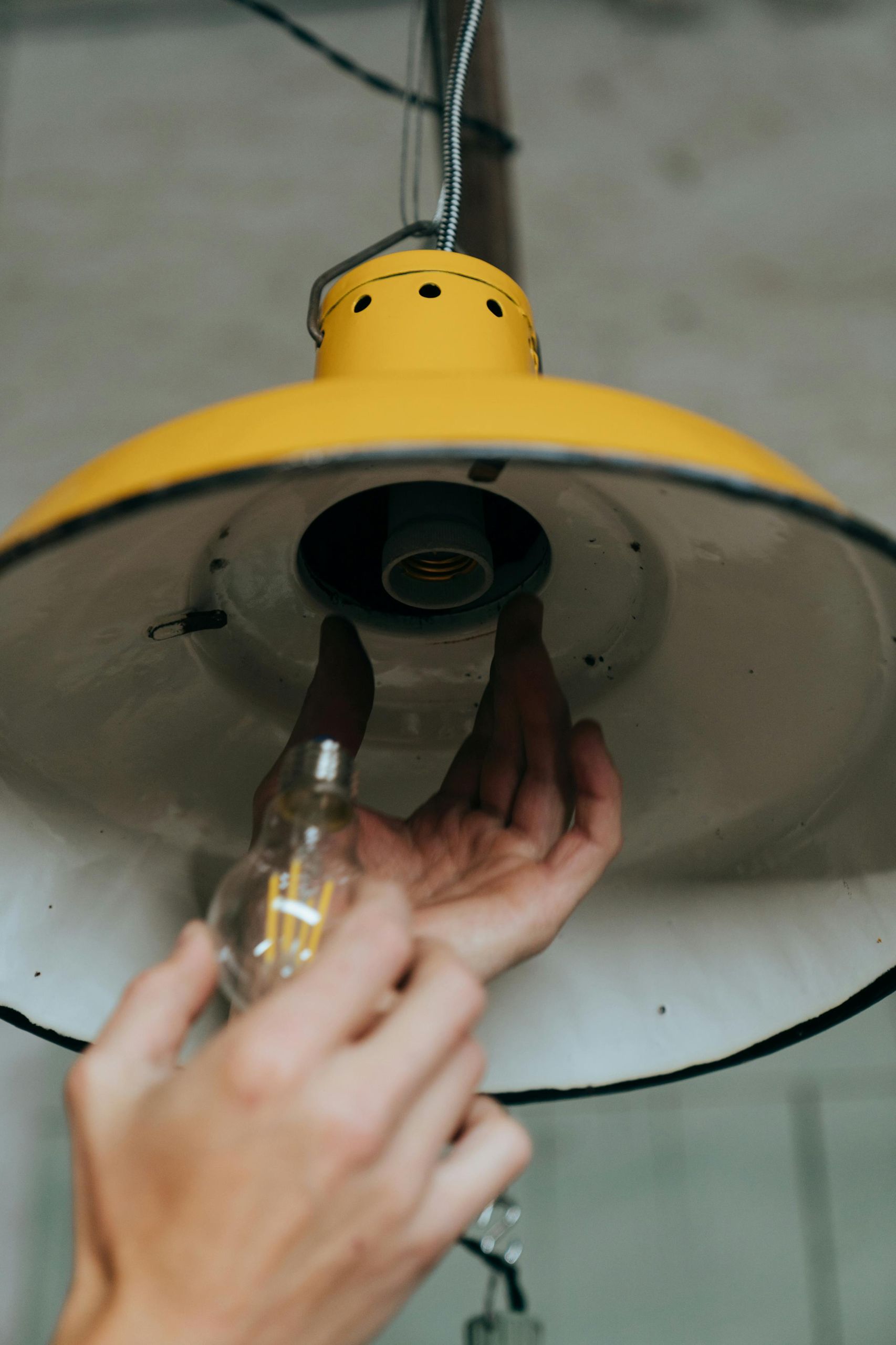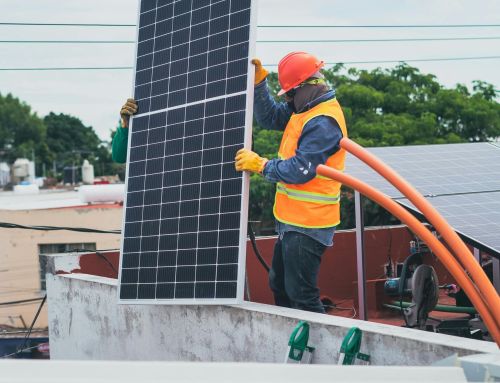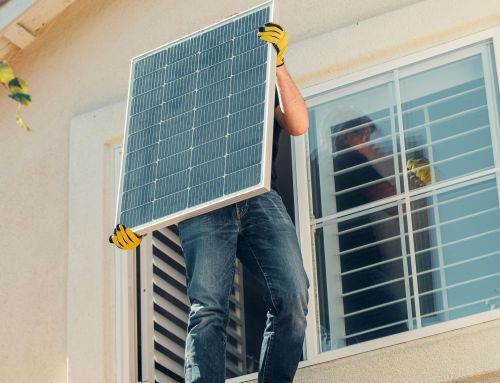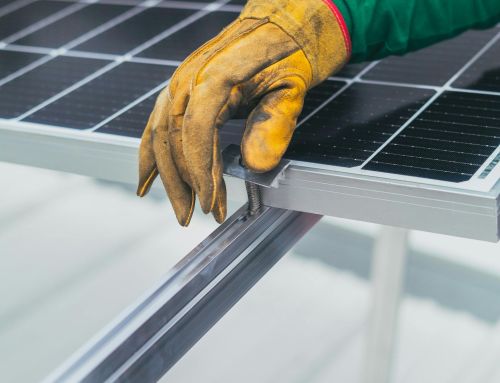Ever felt that itch to tackle a home improvement project, but hesitated when it came to electrical work? You’re not alone! Many New Zealanders wonder, “What electrical work can I do myself NZ?” While there’s a certain satisfaction in completing tasks yourself, electrical safety is paramount. This guide will empower you to understand what electrical work you can do yourself in NZ, navigate DIY possibilities, and know when to call in the professionals.
Say you’re picturing a revamped kitchen in your Wellington home. New pendant lights and a sleek extractor fan are on your wishlist, but the electrical side of things gives you pause. Fear not! There are definitely some tasks you can conquer, as long as you approach them with caution and a healthy dose of electrical know-how.
The key lies in understanding the difference between low-voltage and high-voltage electrical work. High-voltage work, like wiring a new circuit or modifying your switchboard, is strictly for qualified electricians. It involves working directly with the mains power supply, which can be extremely dangerous if not handled correctly.
Now, let’s delve into the exciting world of DIY electrical work – the low-voltage zone! Here, you can tackle some tasks that can enhance your home’s functionality and aesthetics:
What Electrical Work Can I do Myself NZ?
Replacing light fittings and fixtures
Feeling a bit of DIY inspiration? Upgrading your light fixtures is a great place to start. Whether you’re swapping out a tired pendant light for a modern statement piece or replacing a dated bathroom light fitting, as long as you’re working with existing wiring and a compatible voltage, you can likely handle this yourself.
Changing light switches and power outlets
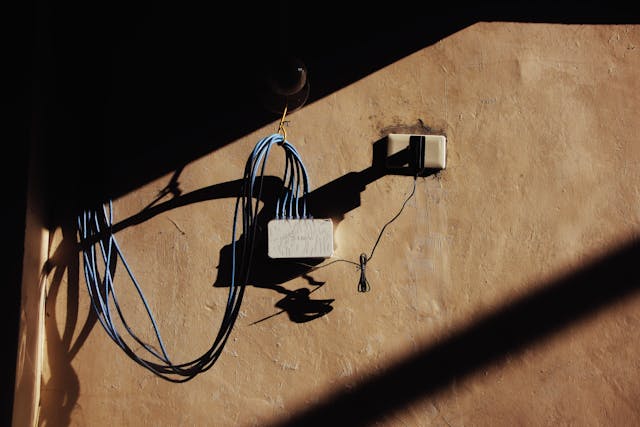
Does a flickering light switch or a worn-out power outlet mar the look of your living room? Replacing these components can be a straightforward DIY project, provided you turn off the power at the switchboard beforehand and ensure you’re using compatible replacements.
Adding a plug to an appliance cord
Does your favourite lamp lack a plug, rendering it unusable? If you’re comfortable with basic electrical connections, you can add a new plug to the cord yourself. Just make sure you use the correct size and type of plug for the appliance and follow safe wiring practices.
Connecting low-voltage fixtures
Thinking of installing a new low-voltage feature like an LED strip light under your kitchen cabinets? As long as the fixture operates on low voltage (typically 12V or 24V) and uses a plug-in transformer, you can likely tackle this project yourself.
Safety First: The Golden Rule for DIY Electrical Work
While the electrical work you can do yourself might seem enticing, safety is always the top priority. Here are some golden rules to remember:
- Always turn off the power at the switchboard: Before touching any electrical wires or components, ensure the power is off at the main switchboard. This simple step can prevent serious accidents.
- Work with compatible components: Make sure any replacements you use, such as light switches, power outlets, or plugs, are compatible with your existing wiring and meet local safety regulations.
- Don’t attempt complex tasks: If a project involves rewiring, modifying your switchboard, or working with high-voltage circuits, leave it to a qualified electrician. Their expertise ensures your safety and the proper functioning of your electrical system.
- When in doubt, call a professional: If you’re unsure about any aspect of a DIY electrical project, don’t hesitate to call a qualified electrician. Their knowledge and experience can save you time, money, and most importantly, prevent potential hazards.
Beyond DIY: When to Call a Pro
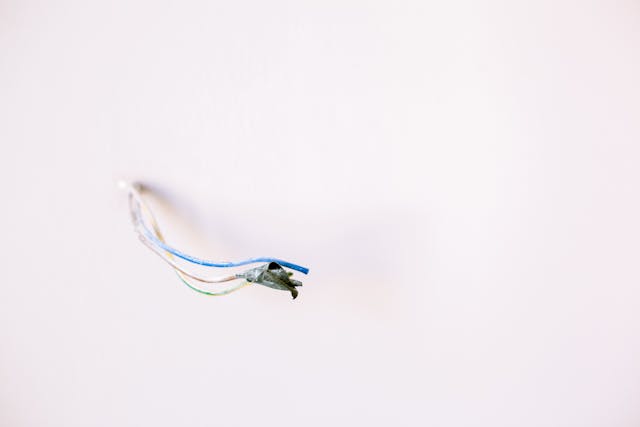
While there are some DIY electrical work options, there are situations where seeking professional help is crucial. Here are some signs it’s time to call a qualified electrician like the experts here at Prolectrix:
- Sparking or hot outlets: These are serious red flags! Sparking or hot outlets indicate potential fire hazards and require immediate attention from a professional.
- Tripping circuit breakers: Frequent tripping of circuit breakers can signal an overloaded circuit or faulty wiring. A qualified electrician can identify and address the underlying issue.
- New installations: Adding new features like an extractor fan, additional power points, or a new circuit requires professional expertise to ensure everything is installed safely and adheres to local electrical regulations.
- Electrical safety concerns: If you have any concerns about the safety of your home’s electrical system, it’s always best to consult with a qualified electrician.
Remember, while DIY electrical projects can be rewarding, safety should always come first. By understanding the limits of your DIY abilities and seeking professional help when needed, you can ensure that your home’s electrical system is safe, efficient, and ready to power your daily life.
Conclusion
So that’s that, we hope we’ve answered your question ‘What electrical work can I do myself NZ?’. Embarking on DIY electrical projects can be a rewarding experience, but it’s essential to weigh the risks and benefits carefully. While there are certain tasks that you can safely undertake yourself, it’s crucial to recognize the limitations of your skills and knowledge.
By following the guidelines outlined in this article and seeking professional help when necessary, you can ensure that your home’s electrical system is safe, efficient, and well-maintained. Remember, a safe and reliable electrical system is an investment in your home’s value and your peace of mind.

